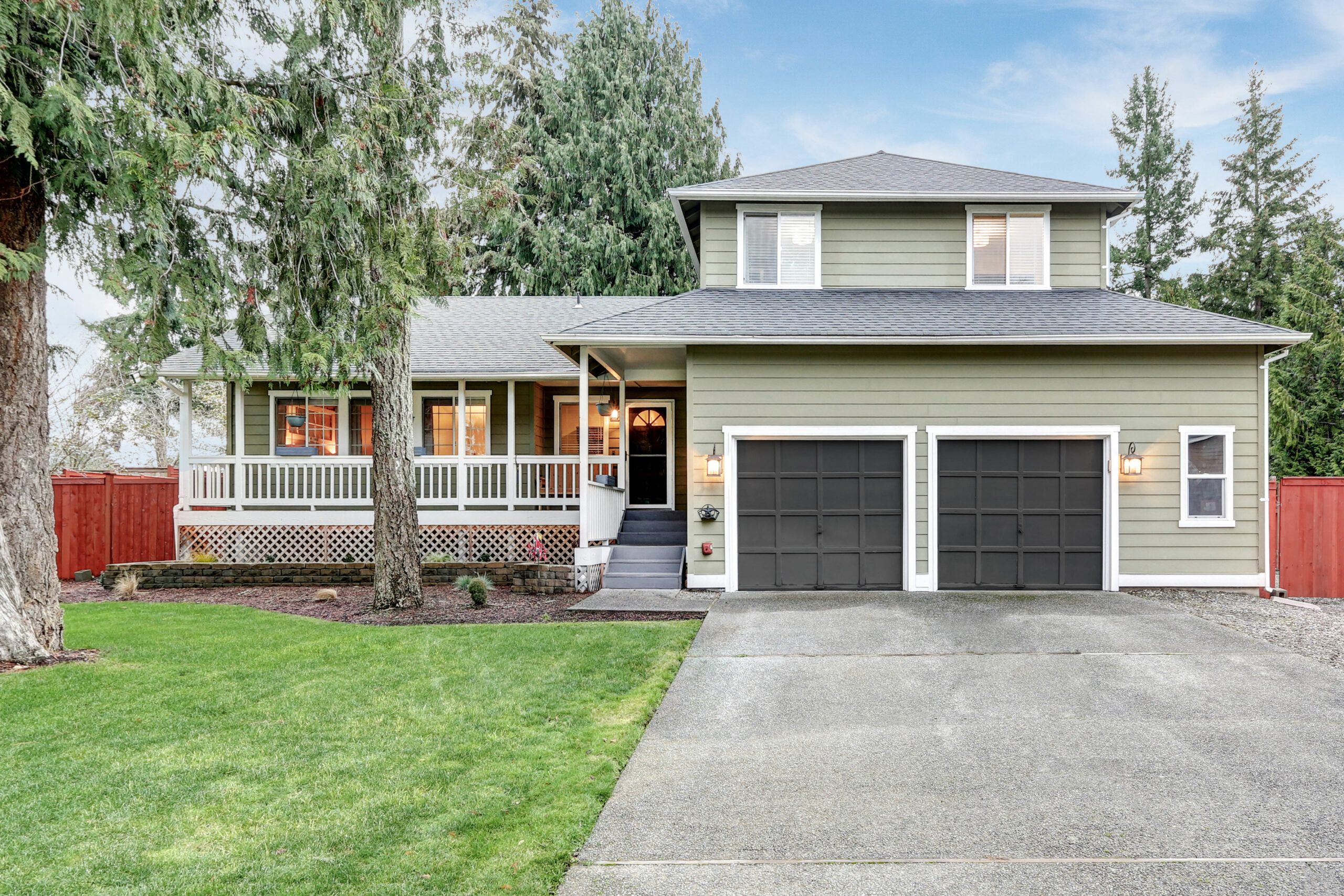
Elevating Your Space: Adding a Second Floor to Your House
Introduction
Expanding your living space can be an exciting venture, and adding a second floor to your house is a transformative way to achieve it. This comprehensive guide explores the intricacies of vertical expansion, addressing the benefits, considerations, and answering frequently asked questions to guide you through the process of elevating your home.
Table of Contents
- Considering a Second Floor Addition
- Benefits of Adding a Second Floor
- Assessing Structural Feasibility
- Architectural Design Considerations
- Legal and Zoning Requirements
- Construction Methods for Second Floor Additions
- Cost Estimates and Budgeting
- Interior Design and Space Utilization
- Ensuring Proper Insulation and Soundproofing
- 10 FAQs About Adding a Second Floor to a House
- Conclusion
1. Considering a Second Floor Addition
The decision to add a second floor to your house is often driven by the need for additional living space without expanding the footprint of your home. Whether it’s accommodating a growing family, creating a dedicated workspace, or enhancing the overall value of your property, a second floor addition can be a strategic and rewarding investment.
2. Benefits of Adding a Second Floor
- Increased Living Space: A second floor provides the opportunity to add bedrooms, bathrooms, or recreational spaces, catering to the changing needs of your family.
- Improved Home Value: Vertical expansion often increases the resale value of your home, especially in neighborhoods where space is limited.
- Enhanced Views: A second floor can offer panoramic views that were previously unavailable, adding aesthetic appeal to your home.
- Preserving Outdoor Space: Instead of expanding horizontally, a second floor allows you to maintain valuable outdoor areas while still meeting your space requirements.
3. Assessing Structural Feasibility
Before embarking on a second floor addition, a thorough assessment of your home’s existing structure is crucial. Consult with a structural engineer to ensure that the foundation and supporting structures can bear the additional load. This step is essential in determining the feasibility of the project.
4. Architectural Design Considerations
The architectural design of your second floor addition is a key aspect that influences both functionality and aesthetics. Consider the overall style of your home, the seamless integration of the new floor with the existing structure, and how the addition complements the neighborhood.
5. Legal and Zoning Requirements
Navigating local building codes and zoning regulations is a critical step in adding a second floor. Obtain the necessary permits and ensure compliance with height restrictions, setback requirements, and other regulations. Consulting with local authorities or hiring professionals familiar with the permitting process is advisable.
6. Construction Methods for Second Floor Additions
Several construction methods can be employed for second floor additions, including:
- Conventional Framing: Traditional framing methods involve building a wooden or steel frame to support the new floor.
- Prefab Construction: Prefabricated modules or panels can be assembled off-site and then installed, expediting the construction process.
- Steel Framing: Steel offers strength and durability, allowing for larger spans and open layouts in the new addition.
Selecting the appropriate construction method depends on factors such as budget, timeline, and the specific requirements of your project.
7. Cost Estimates and Budgeting
Determining the cost of adding a second floor involves various factors, including the size of the addition, materials used, labor costs, and any unforeseen challenges during construction. Obtain detailed cost estimates from contractors and factor in a contingency budget to account for potential variations in expenses.
8. Interior Design and Space Utilization
Optimizing the layout and interior design of the second floor is essential for maximizing functionality. Consider the placement of rooms, the flow between spaces, and how the new addition integrates with the existing floor plan. Seek professional advice to ensure efficient space utilization.
9. Ensuring Proper Insulation and Soundproofing
Adequate insulation is crucial for energy efficiency and climate control in your second-floor addition. Additionally, consider soundproofing measures to minimize noise transfer between floors. Proper insulation and soundproofing contribute to a comfortable and energy-efficient living space.
Frequently Asked Questions:
Q1: Can I add a second floor to any type of house?
A1: In most cases, adding a second floor is feasible for single-story homes with a strong foundation. However, the structural integrity of the existing house must be assessed, and local regulations must be considered.
Q2: How long does it take to add a second floor to a house?
A2: The timeline varies based on the complexity of the project, the construction method, and local factors. On average, it may take several months to complete a second floor addition.
Q3: Do I need to move out during construction?
A3: Depending on the extent of the construction, it may be advisable to move out temporarily for safety and convenience. Discuss this with your contractor and plan accordingly.
Q4: Will adding a second floor increase property taxes?
A4: Yes, adding a second floor generally increases the assessed value of your home, which may result in higher property taxes. Check with local tax authorities for specific information.
Q5: Can I add a second floor to a house with a flat roof?
A5: Adding a second floor to a house with a flat roof is possible, but it requires careful consideration of structural elements and waterproofing to prevent issues like water infiltration.
Q6: What is the average cost per square foot for a second floor addition?
A6: The cost per square foot varies widely based on location, materials, and the scope of the project. On average, it can range from $100 to $300 per square foot.
Q7: How do I choose the right contractor for a second floor addition?
A7: Research contractors, check reviews, and ask for references. Choose a contractor with experience in second floor additions, proper licensing, and insurance.
Q8: Can I add a second floor to a house with a small foundation?
A8: The feasibility depends on the capacity of the existing foundation to support the additional load. Consult with a structural engineer to assess the foundation’s suitability.
Q9: Can I add a second floor to a historic home?
A9: Adding a second floor to a historic home may be subject to additional regulations and approval processes. Consult with local preservation authorities and adhere to historic preservation guidelines.
Q10: How do I ensure the second floor matches the existing architecture?
A10: Work with an architect to design the second floor addition in harmony with the existing architecture. Pay attention to details such as roofing, siding, and window styles to achieve a cohesive look.
Conclusion
Adding a second floor to your house is a transformative undertaking that requires careful planning, assessment, and execution. From structural considerations to legal requirements and interior design, each aspect plays a crucial role in the success of the project. By addressing these considerations and consulting with professionals, you can elevate your living space and create a second floor that seamlessly integrates with your existing home, meeting your evolving needs and enhancing the overall value of your property.


